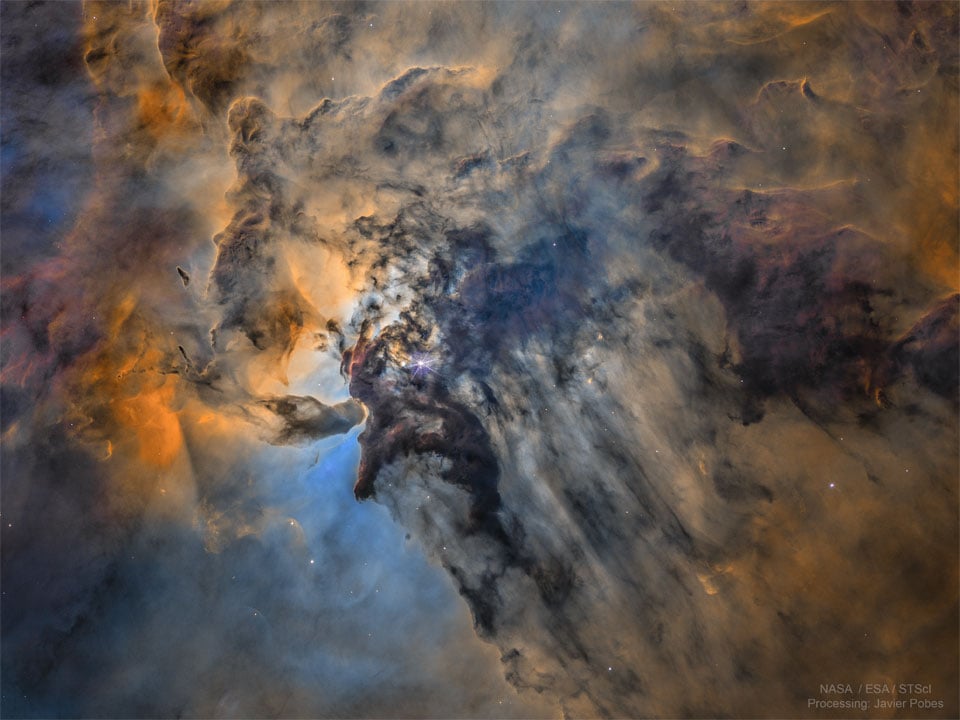this post was submitted on 20 Feb 2025
63 points (88.9% liked)
[Dormant] moved to !space@mander.xyz
10683 readers
1 users here now
This community is dormant, please find us at !space@mander.xyz
You can find the original sidebar contents below:
Rules
- Be respectful and inclusive.
- No harassment, hate speech, or trolling.
- Engage in constructive discussions.
- Share relevant content.
- Follow guidelines and moderators' instructions.
- Use appropriate language and tone.
- Report violations.
- Foster a continuous learning environment.
Picture of the Day
 The Busy Center of the Lagoon Nebula
The Busy Center of the Lagoon Nebula
Related Communities
🔭 Science
- !astronomy@mander.xyz
- !curiosityrover@lemmy.world
- !earthscience@mander.xyz
- !esa@feddit.nl
- !nasa@lemmy.world
- !perseverancerover@lemmy.world
- !physics@mander.xyz
- !space@beehaw.org
- !space@lemmy.world
🚀 Engineering
🌌 Art and Photography
Other Cool Links
founded 2 years ago
MODERATORS
you are viewing a single comment's thread
view the rest of the comments
view the rest of the comments
Because observations are never perfect, data are never complete, and gravitational interactions are complicated. The more observations you have the better you can estimate the orbit, but asteroids are hard to observe and you may not have that many data points. Mass and velocity must be estimated from observations that are compatible with different solutions. A brighter dot might mean a bigger asteroid or more reflective material, for example, and the mass depends on both. A particular speed of apparent motion is compatible with different velocities depending on whether and how much the asteroid is moving towards or away from the observer. All these kinds of factors make for uncertainty.
It's a shame you're being downvoted for genuine questions.
We know where all the big rocks are. Those smaller than a few hundred meters are much harder to spot.
It definitely could, but we don't really have astrometry telescopes beyond earth orbit. I can't wait until launch costs get low enough for us to yeet Hubble-class or Arecibo-class telescopes all over the solar system, and maybe even do interferometry between them.
Not compared to the dinosaur killer. Chicxulub was around 10 kilometers wide, while 2024 YR4 is estimated to be ~100 meters wide. A hundred-fold increase in linear size roughly corresponds to million-fold increases in volume, mass, and energy. 2024 YR4 could wipe out a city, but nothing close to the effects of Chicxulub.
Yeah, I think we've catalogued those pretty extensively, and pinned down their orbits well enough to conclude that none of them pose a significant threat in the next century or so.